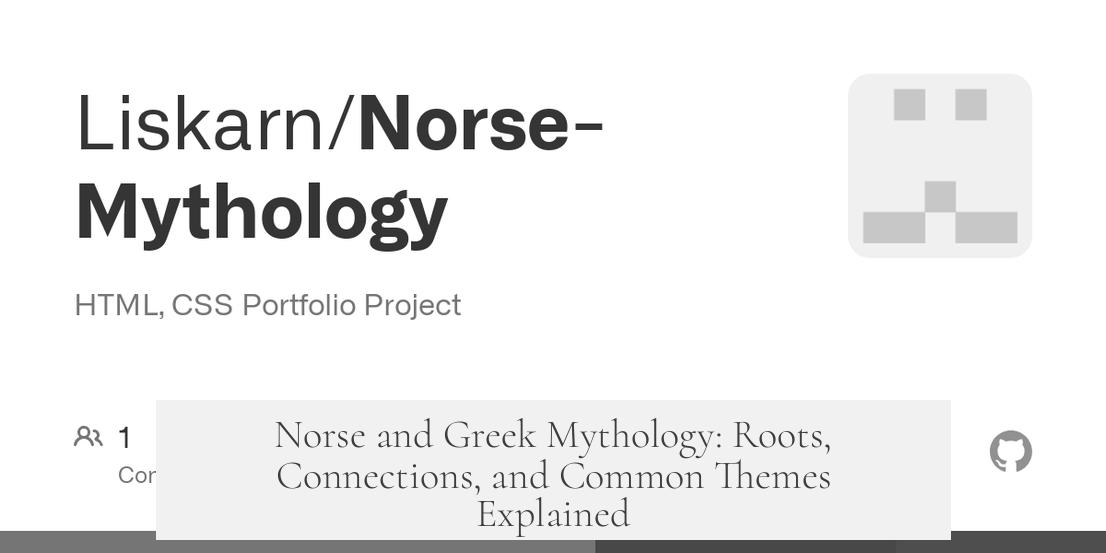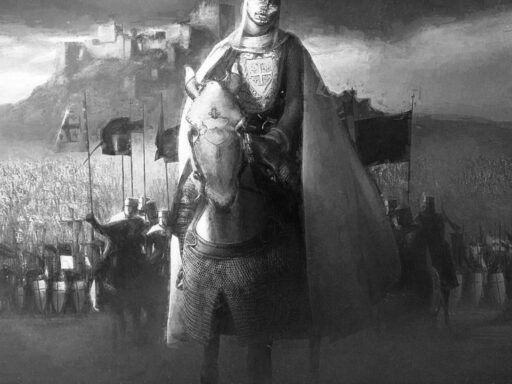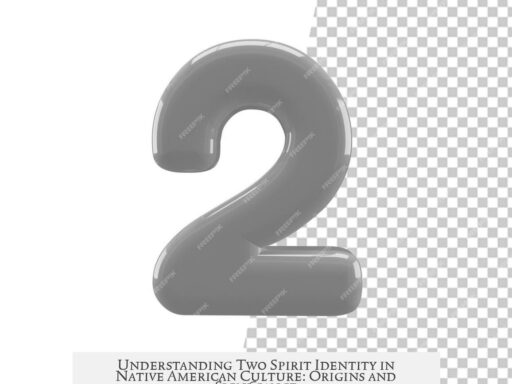Norse mythology shares significant similarities with Greek mythology because both originate from the ancient Proto-Indo-European (PIE) culture, which shaped much of the religious thinking across vast Eurasian regions. This shared foundation explains parallels in divine themes, cosmology, and mythological structures, despite geographical distances.
The Proto-Indo-European culture, dated to roughly the 4th and 3rd millennia BCE, likely existed on the Eurasian steppes, perhaps near what is now Eastern Ukraine. This culture developed key innovations such as the plow and domesticated horse. From this nucleus, its descendants spread westward into Europe, giving rise to the Greek and Norse peoples, among others. Alongside language, religious ideas flowed and evolved within these groups.
Both Norse and Greek mythologies belong to a broad category of Indo-European religions. Many themes, deities, and motifs in these mythologies reflect shared oral traditions inherited from PIE ancestors. Closely related religious traditions include Roman, Celtic, Slavic, Iranian, and Indic mythologies. Common roots appear in language, divine concepts, and mythic narratives.
Historical linguistics plays a crucial role in uncovering the ties between these traditions. By comparing descendant languages, scholars reconstruct aspects of the PIE language and culture. This reconstruction helps infer the values, beliefs, and pantheon structures that likely existed in the PIE worldview, giving a foundation to the later Norse and Greek myths.
A linguistic example is the root diw or dyu, meaning “sky” or “light,” connected to the concept of a sky god across Indo-European languages. Greek Zeus and Norse Týr both derive from the PIE sky god *Dyeus Phtēr* (“Father Sky”). While the words for “god” differ—Greek uses theos and Norse uses goð—they share etymological roots, showing divergence from a common source. Zeus also absorbed traits from Near Eastern storm gods, demonstrating later cultural interactions.
Several shared characteristics appear in PIE-descended mythologies:
- Immortality of gods: Gods were eternal beings, distinct from mortal humans.
- Gender pairs: Male and female deities often formed complementary pairs.
- Domain specialization: Deities governed domains such as sky, fire, water, love, motherhood, death, justice, and rulership.
- Triplicity and fate: Three Fates or similar figures regulating destiny appear in both traditions, echoing the Indo-Iranian concept of cosmic order.
- Heroic combats: Hero or warrior gods fighting monstrous serpents or chaos creatures appear repeatedly (e.g., Hercules and Thor), an Indo-European mythological motif.
Reconstructing PIE myths precisely remains difficult. No written record from the PIE culture exists, and researchers synthesize knowledge from daughter mythologies and language comparisons. This method is complex and occasionally speculative.
Later cultural influences also shaped Norse mythology, particularly because the surviving Norse texts were composed or compiled in the Christian period. Snorri Sturluson, a key source, may have incorporated ideas influenced indirectly by Greek mythology and Christian thought.
| Aspect | Explanation |
|---|---|
| Origin | Both mythologies derive from Proto-Indo-European culture. |
| Linguistic Roots | Shared deity names and divine concepts (e.g., Zeus and Týr). |
| Mythic Themes | Immortality, divine domains, fate, and heroic combats against monsters. |
| Reconstruction Method | Derived from comparative linguistics and daughter cultures’ myths. |
| Later Influences | Christian context and authorial knowledge of other traditions affect Norse myths. |
In essence, Norse and Greek mythologies share important traits because they stem from a single ancient cultural and linguistic root. These roots manifest today in parallel gods, narrative motifs, and ritual ideas. Such parallels highlight the vast influence the Proto-Indo-European culture had throughout Eurasia.
- Both mythologies descend from the Proto-Indo-European culture about 6000 years ago.
- They share linguistic ties, such as related names for sky gods and divine beings.
- Common motifs include immortal gods, fate, divine pairs, and hero vs. monster narratives.
- Reconstruction based on linguistics and comparative mythology explains their resemblances.
- Later Christian-era texts may reflect indirect influence between Greek and Norse myths.
Why is Norse Mythology So Similar to Greek Mythology?
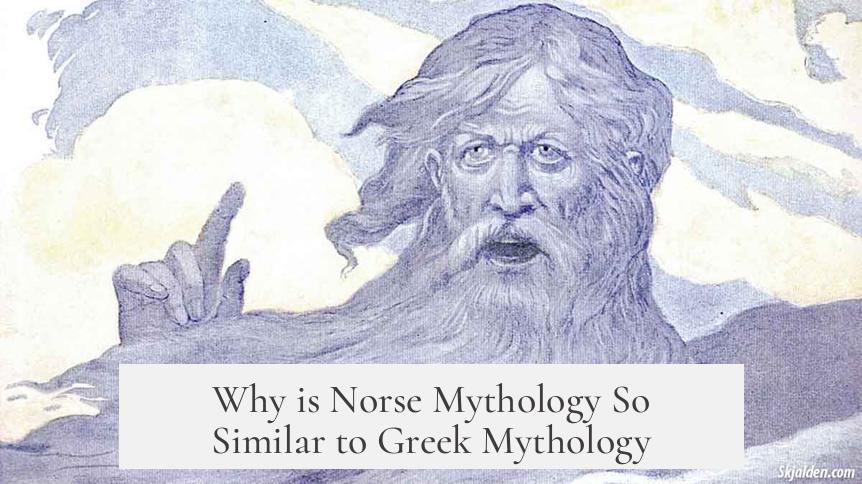
Simply put, Norse and Greek mythologies share a deep-rooted family tree, tracing back to the ancient Proto-Indo-European (PIE) culture that seeded both traditions with similar stories, gods, and themes. This is the spark behind their intriguing similarities. But why, exactly? Well, buckle up, because the answer winds back thousands of years across continents, languages, and cultural revolutions.
Let’s break down this mythological mystery into digestible bites.
The Ancestor Culture: Proto-Indo-Europeans
Imagine a vast, ancient tribe—the Proto-Indo-Europeans—roaming the Eurasian steppes around 4000 to 3000 BCE. These folks were pioneers. They invented the plow and domesticated the horse, innovations that changed human history. From their homeland near what is now Eastern Ukraine, their descendants spread far and wide: east to China, south to India, west across Europe and the Mediterranean.
Both the Norsemen and Greeks are, in essence, distant cousins from this grand ancestral culture. They spoke branches of the PIE language family, developing into Norse and Greek languages centuries later. As a result, their religious traditions hail from the broad umbrella we call Indo-European religions—think Roman, Celtic, Slavic, Iranian, and Indic as your other cousins at the family reunion.
Isn’t it fascinating that languages such as Latin, Sanskrit, and Old Norse share words you can trace back to PIE roots? For example, the Latin word for mortal mortalis pairs with Sanskrit’s mrta. These linguistic echoes hint at a shared worldview and vocabulary that influenced mythology.
Decoding PIE Culture Through Linguistics
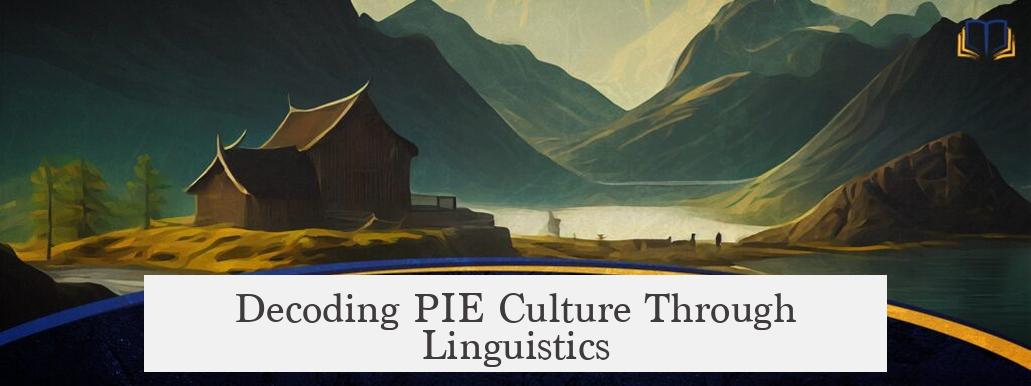
Here’s a secret weapon historians use: historical linguistics. By comparing languages descended from PIE, experts reconstruct lost words and cultural concepts. This helps them imagine what ancient myths and gods might have looked like before time scattered them across diverse lands.
For instance, the PIE root diw/dyu means “sky” or “light.” Every child culture has its version of this word connected to divinity—Latin’s deus, Old Norse goð, and Greek’s theos all stem from this root. While Greek worships Zeus and Norse admire Tyr or Thor, these gods ultimately share a cosmic origin as “sky gods” or powerful rulers of the divine sphere.
Curiously, English “god” and Old High German “got” are related terms but refer collectively to gods, rather than a single sky deity.
Common Themes Across the Mythologies
Spotting recurring characters and themes in Norse and Greek myths is natural once you consider their PIE shared heritage:
- Immortal Gods: Gods live forever, contrasting with mortal humans. They come in male-female pairs, often tied to natural forces like sky, fire, and water.
- Divine Families: Mother goddesses and their offspring play significant roles. Zeus in Greek myths parallels Odin in Norse tales as chief father-gods.
- The Fate Concept: The three Fates—keepers of destiny—appear in both mythologies, reflecting a universal idea about order and destiny within the universe.
- Battle Against Chaos: The hero or warrior-god defeating a monstrous serpent appears repeatedly: Hercules wrestles the Hydra in Greek stories; Thor battles the Midgard Serpent in Norse lore. This motif goes beyond just these two traditions, hinting at an ancient Indo-European or universal mythic theme.
Such parallels serve as mythical family albums, illustrating how stories morphed differently yet retained core similarities as cultures branched out geographically and historically.
The Problem of Reconstructing the Proto-Indo-European Myth
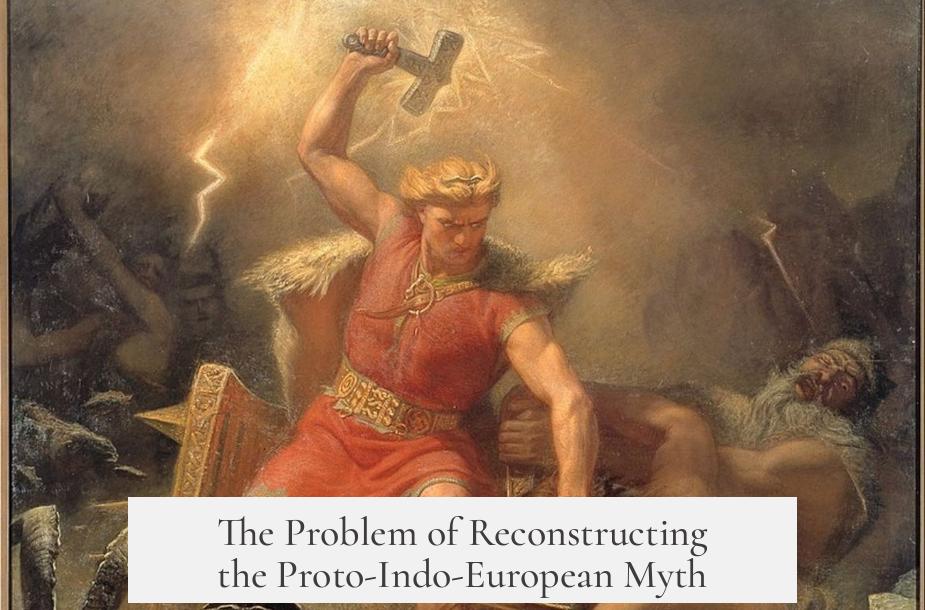
Here’s where mythology gets messy. We don’t have a written primer from the Proto-Indo-Europeans themselves. Everything we know is painstakingly pieced together from daughter cultures and their languages. Imagine trying to assemble a puzzle with missing pieces and some pieces from other sets mixed in.
This explains why Norse and Greek myths sometimes overlap yet differ significantly. The common origin is a deep well, but each culture’s historical experience reshaped the water flowing from it.
Could Greek Mythology Have Influenced Norse Stories?
Another angle involves historical contacts and literary influences. Snorri Sturluson, a 13th-century Icelandic scholar who compiled much Norse mythology, knew about Greek myths. Written down in Christian times, Norse stories likely absorbed some elements indirectly through Christian and classical literature.
This would be like borrowing a few handshake gestures from a neighboring tribe’s elaborate greeting ceremony to spice up your own tradition.
What Does This Mean to the Casual Myth-Explorer?
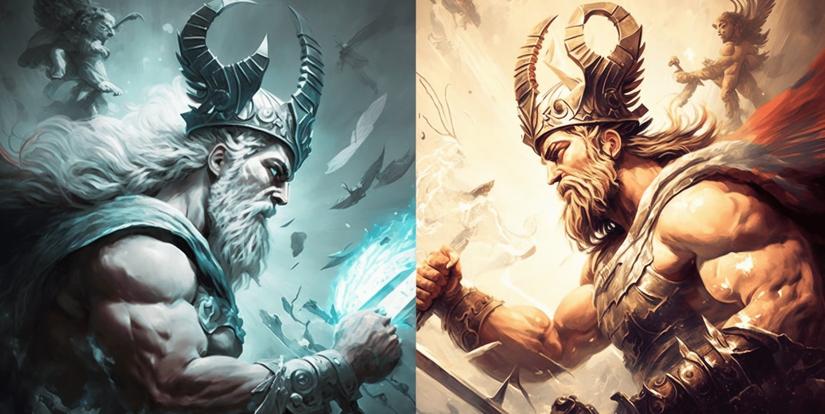
So, when you compare Zeus and Thor or the Fates and Norns, remember you’re glimpsing echoes from an ancient shared past and centuries of cultural evolution.
This overlap also invites us to appreciate how myths operate as human storytelling tools—reflecting universal human concerns like power, nature, fate, and heroism, but told in different accents.
A Quick Table to Sum Up Proto-Indo-European Mythology Traits Inherited by Norse and Greek
| Mythological Theme | PIE Common Element | Norse Example | Greek Example |
|---|---|---|---|
| Sky God | Father Sky (Dyeus Phrater) | Tyr (related god), Odin (chief god) | Zeus |
| Immortal Male-Female Divine Pairs | Divine couple with domains | Odin and Frigg, Freyr and Freyja | Zeus and Hera |
| Fate and Destiny | Three Fates governing life and death | Norns | Moirai (Fates) |
| Heroic Battle with Serpent | Warrior god vs. monstrous serpent | Thor vs. Jörmungandr | Heracles vs. Lernaean Hydra |
Final Thoughts: Mythology as a Living History
Why is Norse mythology so similar to Greek? Because their divine ancestors once shared a campfire under the Eurasian sky, spinning tales that over millennia grew into the rich pantheons we admire today. Understanding this gives you a peek into the grand tapestry of human culture and language evolution.
Next time you read about Thor’s hammer or Zeus’s lightning bolt, remember you’re tapping into a story that echoes from the horse-riders of ancient steppes who first imagined the gods. Now, isn’t that a story worth telling?
If you want to dig deeper, explore text like Snorri Sturluson’s works alongside Homer’s epics and treat yourself to linguistic reconstructions of PIE roots. It’s like mythological archaeology, but without the dust on your keyboard.
Fascinating, right? And all from knowing a little about who your ancient ‘cousins’ were—across time and space.

